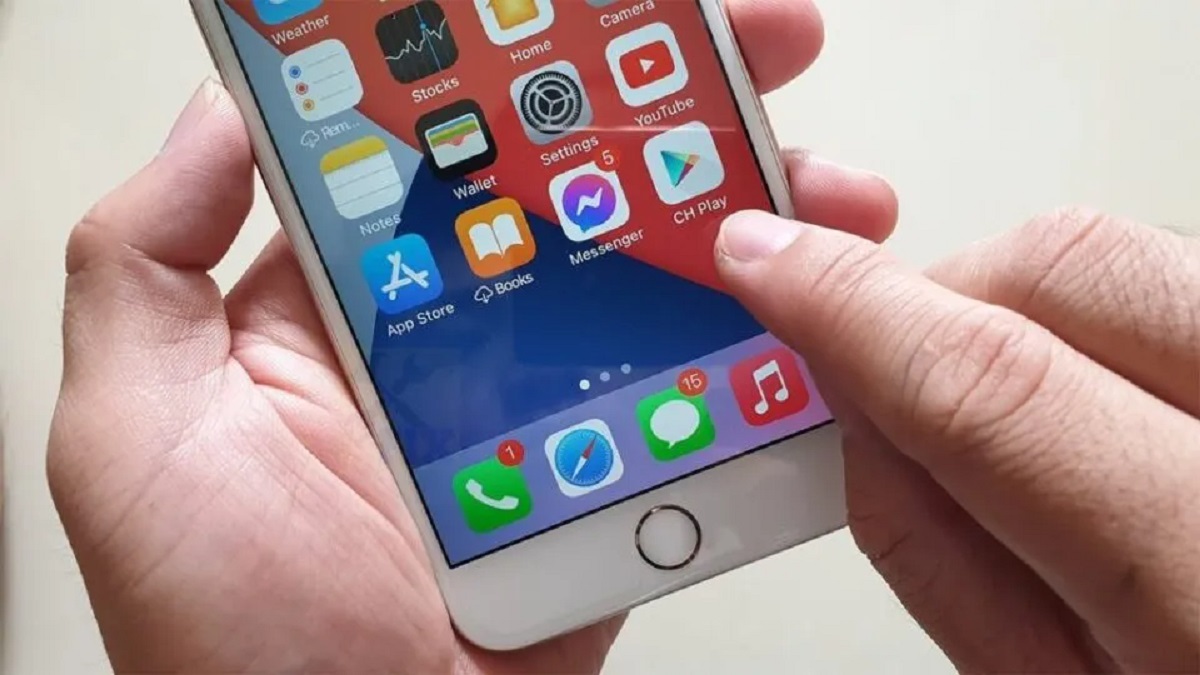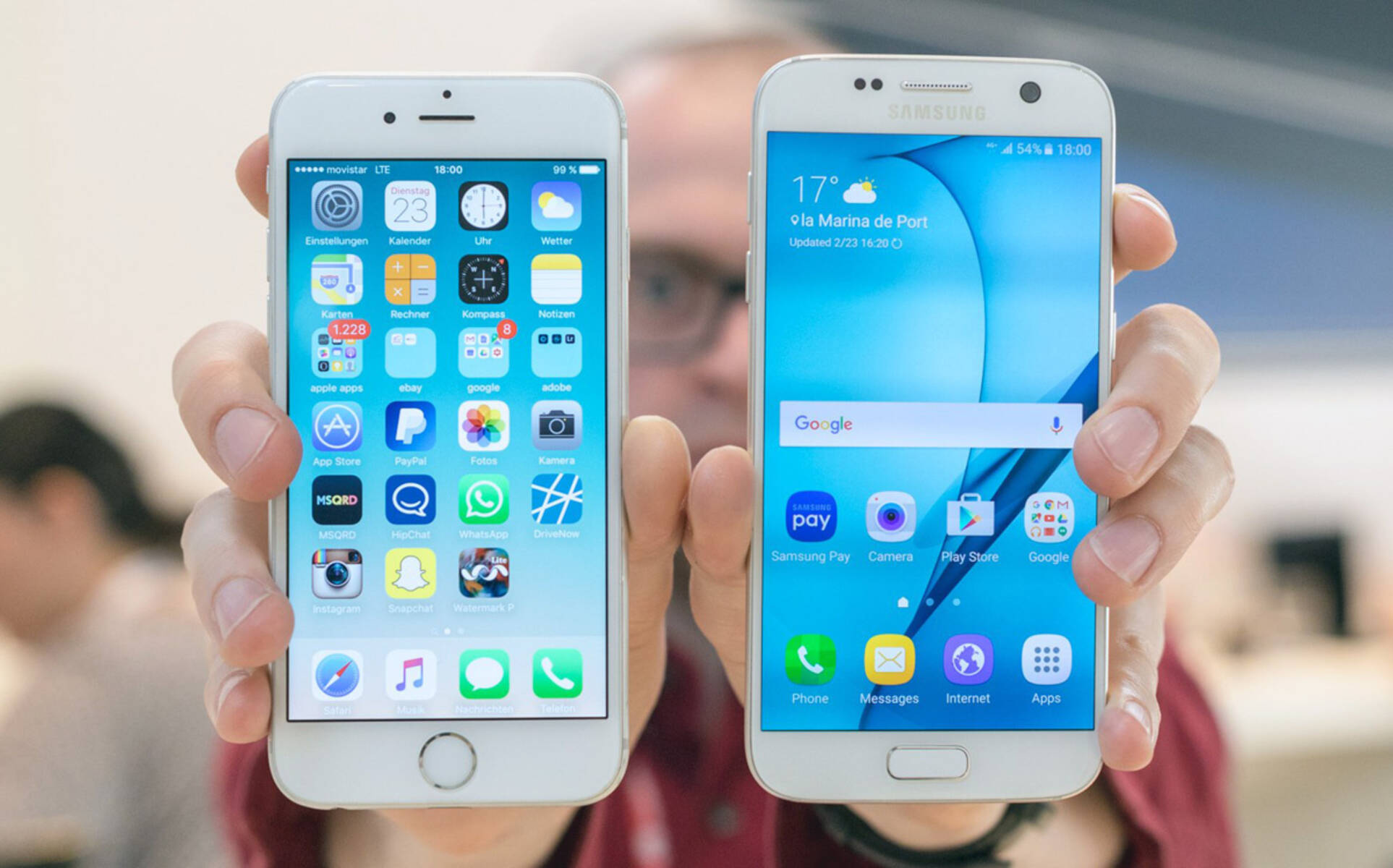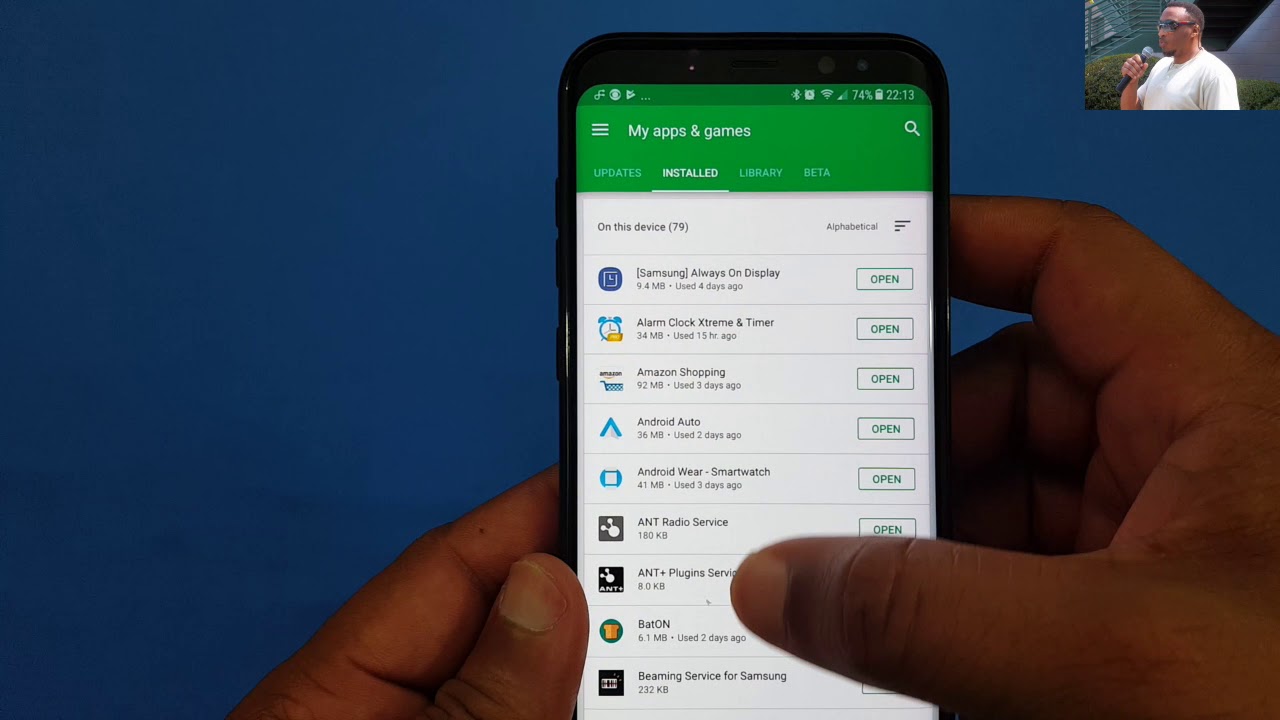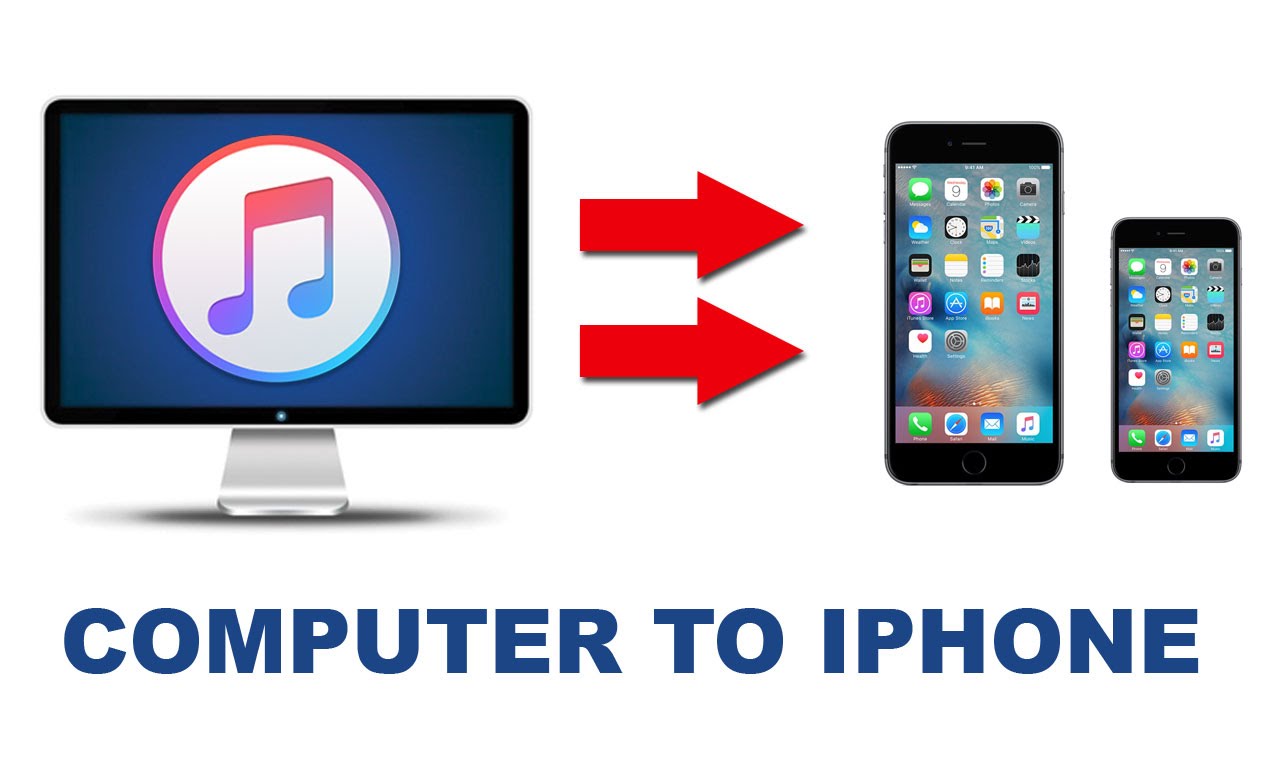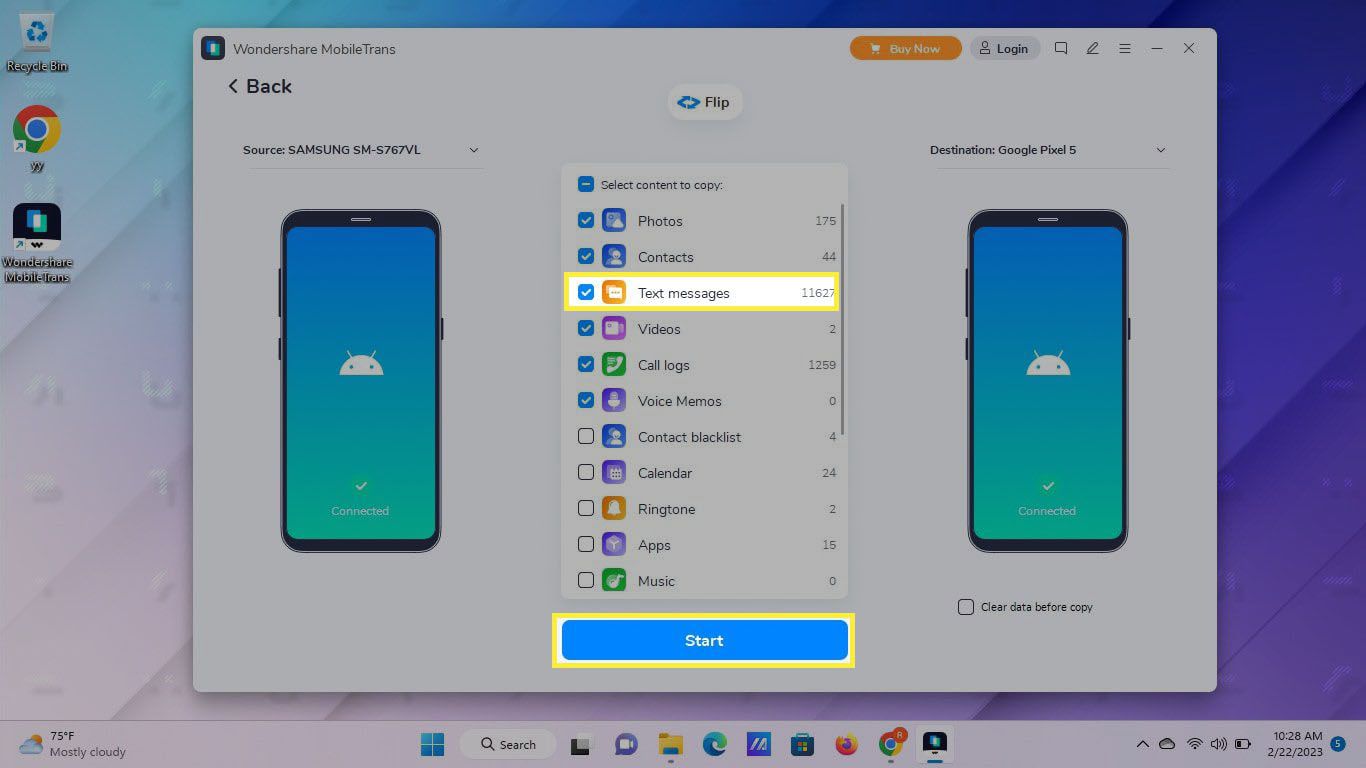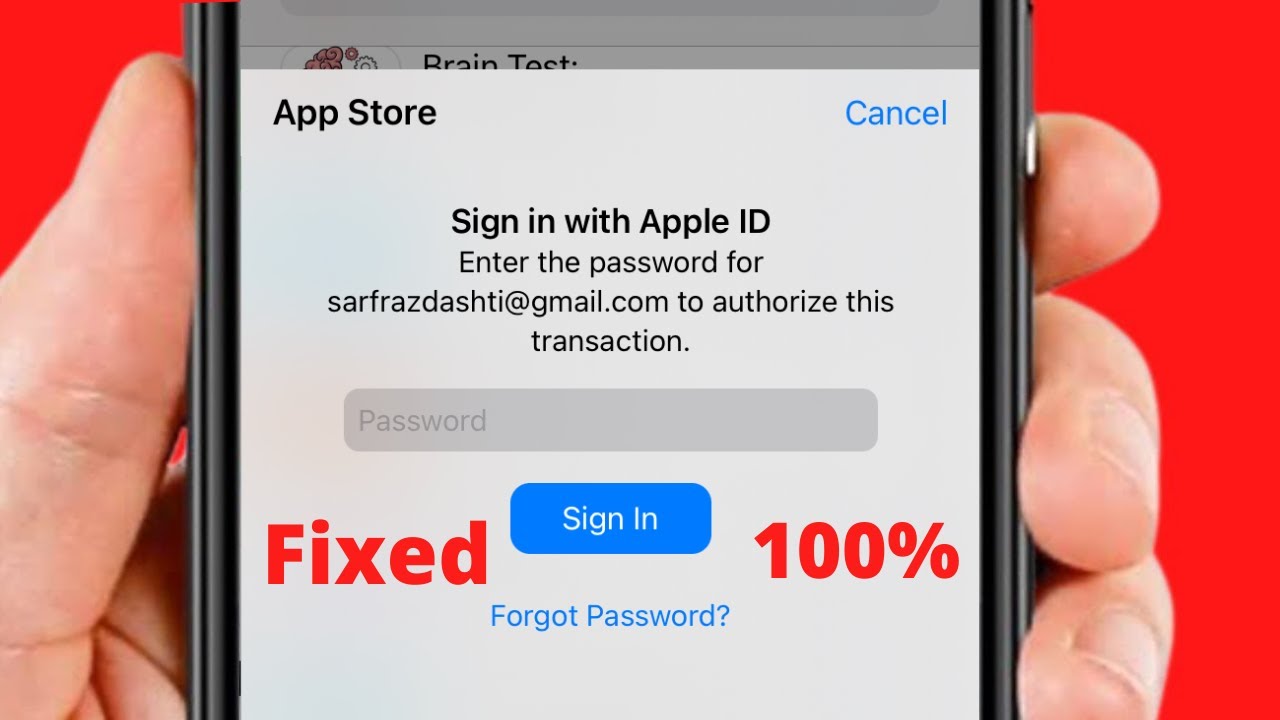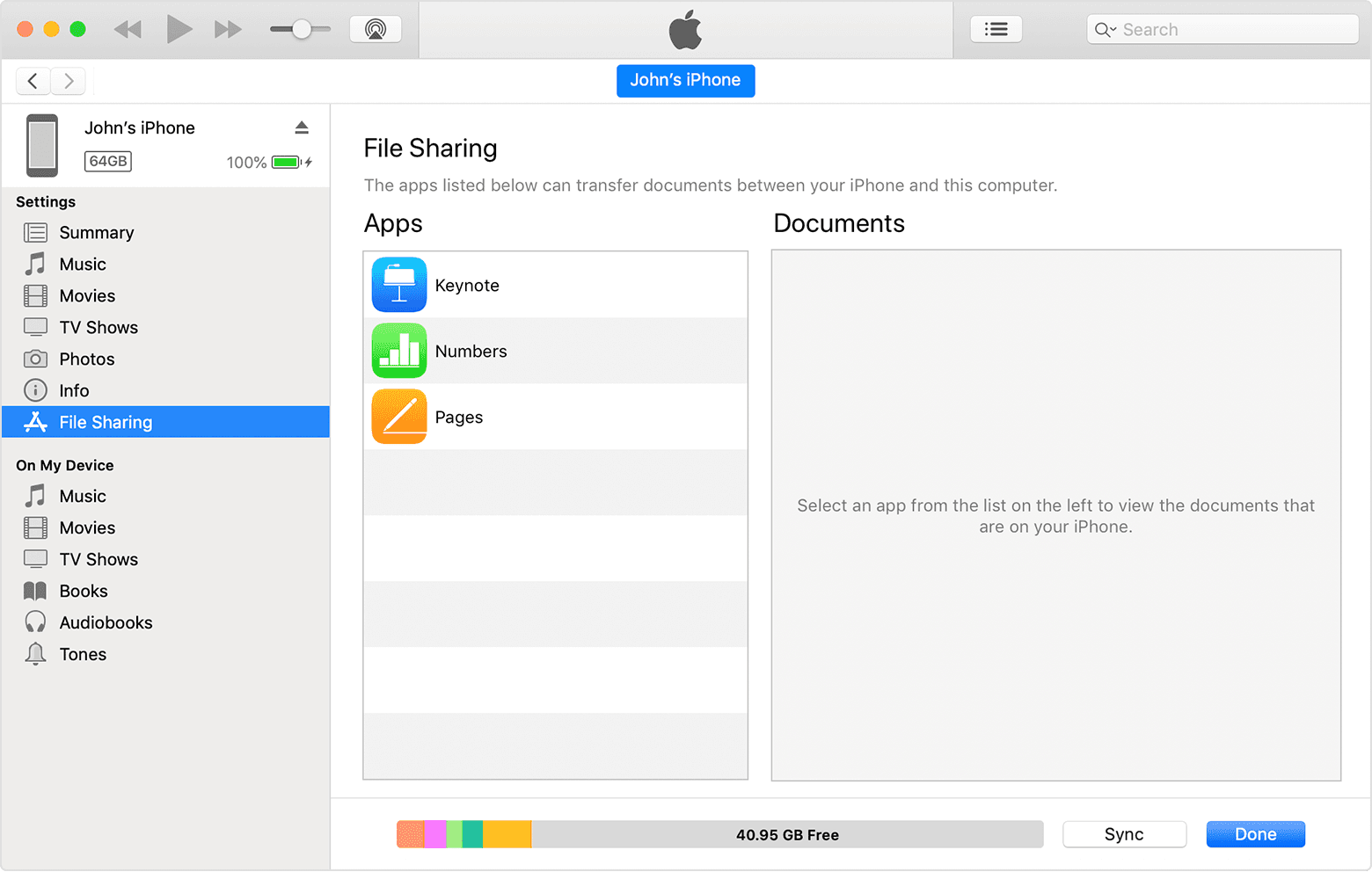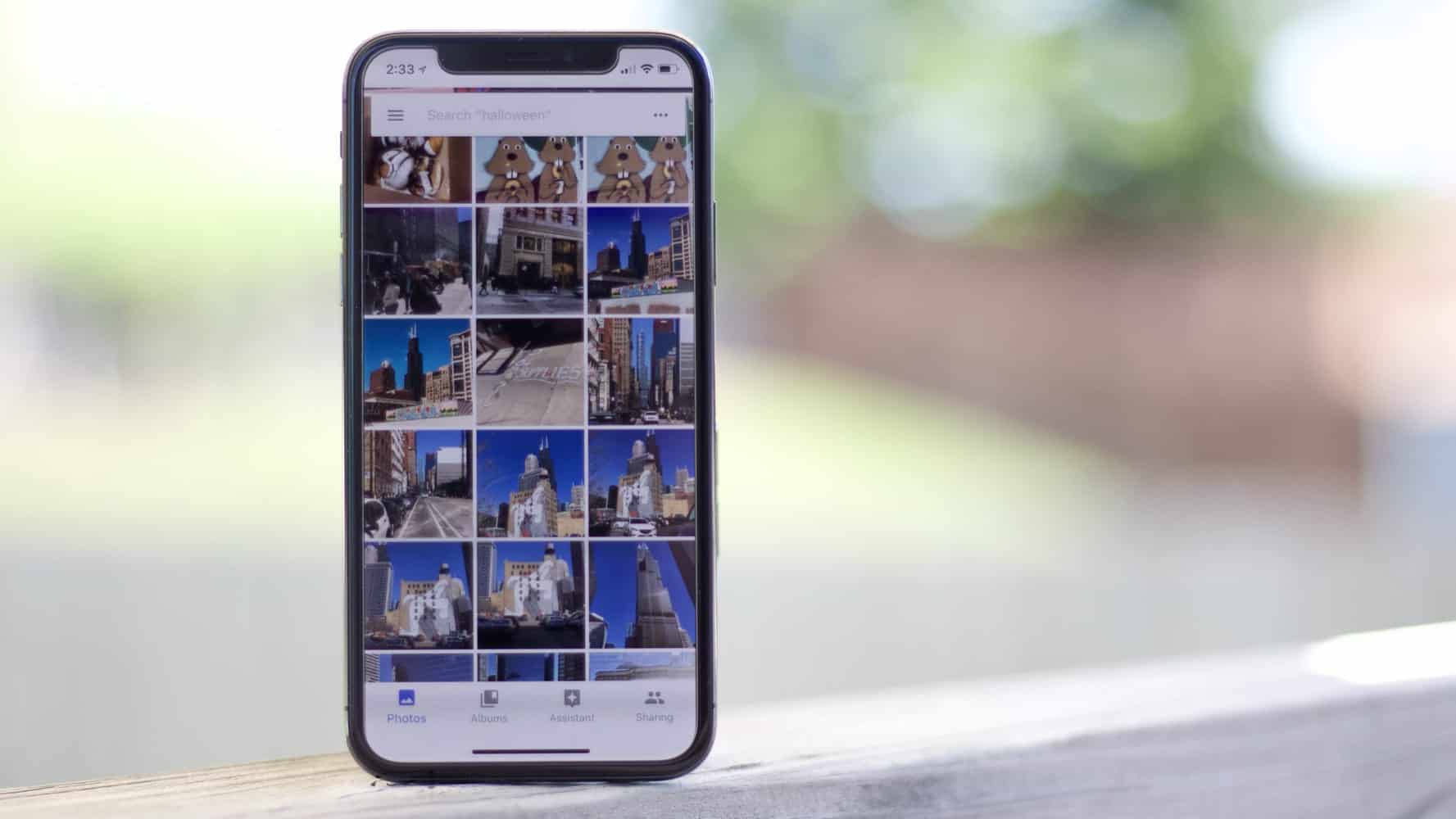Introduction
The Google Play Store is an extensive marketplace for Android apps, games, movies, books, and more. It offers a vast range of content that caters to the diverse needs and preferences of Android users. However, if you are an iPhone user, you may wonder if it is possible to download and access the Google Play Store on your device.
Unfortunately, the Google Play Store is not officially available for iOS devices like the iPhone. Apple’s App Store is the designated marketplace for iPhone users, offering a wide array of apps and content. Apple and Google have distinct operating systems and ecosystems, which means they have their own app stores.
While you cannot directly download and install the Google Play Store on your iPhone, there are alternative methods that can provide access to Android apps on your iOS device. These methods involve using third-party app stores, jailbreaking your iPhone, or using an Android emulator.
It’s important to note that these methods may have limitations and risks, so it’s essential to consider the potential drawbacks before proceeding. In this article, we will explore these methods in detail, explaining how they work and pointing out their advantages and disadvantages.
Is it Possible to Download Google Play Store on iPhone?
iPhone users often wonder if they can download and use the Google Play Store on their devices. Unfortunately, the answer is no. The Google Play Store is specifically designed for Android devices, and Apple does not allow the installation of third-party app stores on its iOS operating system.
Apple has stringent guidelines and policies in place to maintain the security and integrity of its devices. As a result, they have created their own app store, the Apple App Store, which is the only authorized source for iOS applications. This means that iPhone users can only download apps from the Apple App Store, limiting their access to content available within the Apple ecosystem.
The Google Play Store offers a different set of apps and content not available on the Apple App Store. Android users have the privilege of exploring a broader range of apps and games, as well as various entertainment options like movies, books, and music. While it may be disappointing for iPhone users not to have access to the Google Play Store, Apple’s App Store continues to provide a vast selection of high-quality apps that cater to various needs and interests.
So, if you are an iPhone user, it’s important to understand that you won’t be able to directly download and install the Google Play Store on your device. However, there are alternative solutions that can help you access Android apps on your iPhone, but they come with their limitations and risks. In the following sections, we will explore some methods that can provide access to Android apps on an iPhone.
Method 1: Using a Third-Party App Store
If you are an iPhone user looking to access Android apps, one option is to use a third-party app store that offers a selection of Android applications. These third-party app stores can provide an alternative marketplace outside of the official Apple App Store. While they might not have the extensive range found in the Google Play Store, they can still offer a decent selection of Android apps for your iPhone.
One popular third-party app store is “Aptoide.” Aptoide hosts various Android apps that can be downloaded and installed on your iPhone. To use Aptoide, you will need to download its APK file from a trusted source and then follow the installation instructions to install it on your iPhone. Once installed, you can browse through the available apps and download the ones you want to use.
It’s important to note that using third-party app stores comes with certain risks. Since these stores are not official, there is a higher chance of encountering malicious or compromised apps. Therefore, it is crucial to exercise caution and thoroughly research the credibility and safety of the app store and apps before downloading and installing anything on your iPhone.
Additionally, using third-party app stores may have compatibility issues, as the apps available may not be optimized for iOS or specifically designed for iPhone. This can result in bugs, glitches, or poor app performance. Therefore, it’s advisable to read user reviews and ratings and ensure that the apps you select are suitable for your iPhone model and iOS version.
Furthermore, using third-party app stores may violate the terms and conditions set by Apple. Jailbreaking is often required to install these app stores, which voids your iPhone’s warranty and leaves your device vulnerable to security risks. Jailbreaking allows you to bypass Apple’s restrictions and install apps from unofficial sources, but it can lead to instability issues and potential malware infections.
While using a third-party app store can provide access to Android apps on your iPhone, it is essential to weigh the risks and benefits before proceeding. Consider the potential compatibility issues, security risks, and the integrity of the app store to make an informed decision.
Method 2: Jailbreaking your iPhone
Another method to potentially access the Google Play Store on an iPhone is by jailbreaking your device. Jailbreaking is the process of removing the software restrictions imposed by Apple on iOS devices, allowing users to have more control over their devices and install unauthorized apps.
By jailbreaking your iPhone, you can install third-party app stores, such as Cydia, that offer a wider range of apps, including those from the Android ecosystem. However, it’s important to emphasize that jailbreaking your iPhone is a complex process and should be approached with caution.
Jailbreaking has both advantages and disadvantages. On the positive side, it allows you to customize your iPhone’s appearance, install unofficial apps, and access features that are not available on stock iOS devices. Jailbreaking enthusiasts also argue that it provides more freedom and flexibility for advanced users.
However, jailbreaking also comes with a range of risks and drawbacks. First and foremost, jailbreaking voids your iPhone’s warranty. This means that if something goes wrong with your device, Apple will not provide support or repairs, and you will be responsible for fixing it yourself.
In addition to warranty concerns, jailbreaking can make your device vulnerable to security threats. By circumventing Apple’s security measures, you expose your iPhone to potential malware, viruses, and other security risks. Unofficial apps found in third-party app stores may not undergo the same stringent screening process that legitimate apps from the App Store go through.
Moreover, jailbreaking can result in instability issues and affect the performance of your iPhone. Incompatibility with the latest iOS updates, frequent crashes, and decreased battery life are some common problems experienced by users who have jailbroken devices.
Lastly, it’s important to note that jailbreaking is a cat-and-mouse game with Apple. With each iOS update, Apple introduces new security features and patches vulnerabilities used in jailbreaking. This means that you may need to wait for a compatible jailbreak tool after each iOS update, leaving you without the latest features and improvements until a new jailbreak is released.
Considering the risks involved and the potential negative impact on your iPhone’s performance and security, jailbreaking should only be undertaken by experienced and knowledgeable individuals who understand the risks and are willing to accept the consequences.
Method 3: Using an Android Emulator
If you are looking to access Android apps on your iPhone, another viable solution is to use an Android emulator. An Android emulator is a software application that replicates the Android environment on your iPhone, allowing you to run Android apps on iOS.
One popular Android emulator is “Bluestacks.” Bluestacks is available for both Windows and macOS and enables users to install and run Android apps on their computers. However, it is important to note that Bluestacks is not officially available for iOS devices. Therefore, using an Android emulator on an iPhone requires additional steps and may have limitations.
To use an Android emulator on your iPhone, you will need to find an iOS app that acts as a bridge between the Android emulator and your device. This app creates a virtual Android environment within which you can run Android apps. However, it’s important to be cautious when using such apps, as they may not be officially supported and could potentially compromise your device’s security.
Keep in mind that the performance of Android emulators may vary depending on your iPhone model and the resources available on your device. Running an Android emulator requires a significant amount of processing power and memory, which can potentially slow down your iPhone and result in a less than optimal user experience.
Additionally, not all Android apps may run smoothly or have full functionality within the emulator. Some apps may encounter compatibility issues or may not be optimized for running on an iOS device. It’s important to research app compatibility and read user reviews to ensure that the apps you want to use will work effectively within the emulator.
Furthermore, using an Android emulator does not provide access to the Google Play Store itself. Instead, you will need to manually install APK files of the Android apps you want to use within the emulator. These APK files can be obtained from trusted sources, but be cautious of downloading from unverified websites to avoid potential security risks.
While using an Android emulator can provide access to Android apps on your iPhone, it is important to consider the potential limitations, performance issues, and security risks associated with this method. It’s advisable to read user reviews, research app compatibility, and exercise caution when installing and using Android emulators on your iPhone.
Conclusion
While it may be tempting for iPhone users to want access to the Google Play Store, it is important to understand that it is not directly possible to download and install the Google Play Store on an iPhone. Apple’s iOS ecosystem is separate from Android, and each platform has its own app store.
However, if you are determined to access Android apps on your iPhone, there are alternative methods you can explore. These include using third-party app stores, jailbreaking your iPhone, or using an Android emulator. Each method has its own set of advantages and disadvantages, and it’s important to weigh them before proceeding.
Using a third-party app store can provide access to Android apps, but it may come with compatibility issues and security risks. Proceed with caution, ensuring you download from trusted sources and consider the limitations of the third-party app store.
Jailbreaking your iPhone can unlock additional customization and app installation options, but it can also void your warranty, expose your device to security risks, and impact its stability and performance. This method is best left to advanced users who fully understand the risks involved.
Using an Android emulator can create a virtual Android environment on your iPhone, allowing you to run Android apps. However, the performance may vary, and not all apps may work optimally within the emulator. Additionally, obtaining APK files from trusted sources is crucial to ensure the security of your device.
Ultimately, it’s important to remember that Apple’s App Store offers a vast selection of apps and content for iPhone users. While it may not include the same apps found in the Google Play Store, the Apple App Store caters to diverse interests and needs. It is always recommended to explore the apps available on the App Store to find suitable alternatives for your iPhone.
Consider your priorities, the risks involved, and the potential impact on your iPhone’s performance and security before attempting any of the alternative methods mentioned in this article. Make informed decisions, prioritize your device’s safety, and enjoy the wide range of apps and content available within the Apple ecosystem.







